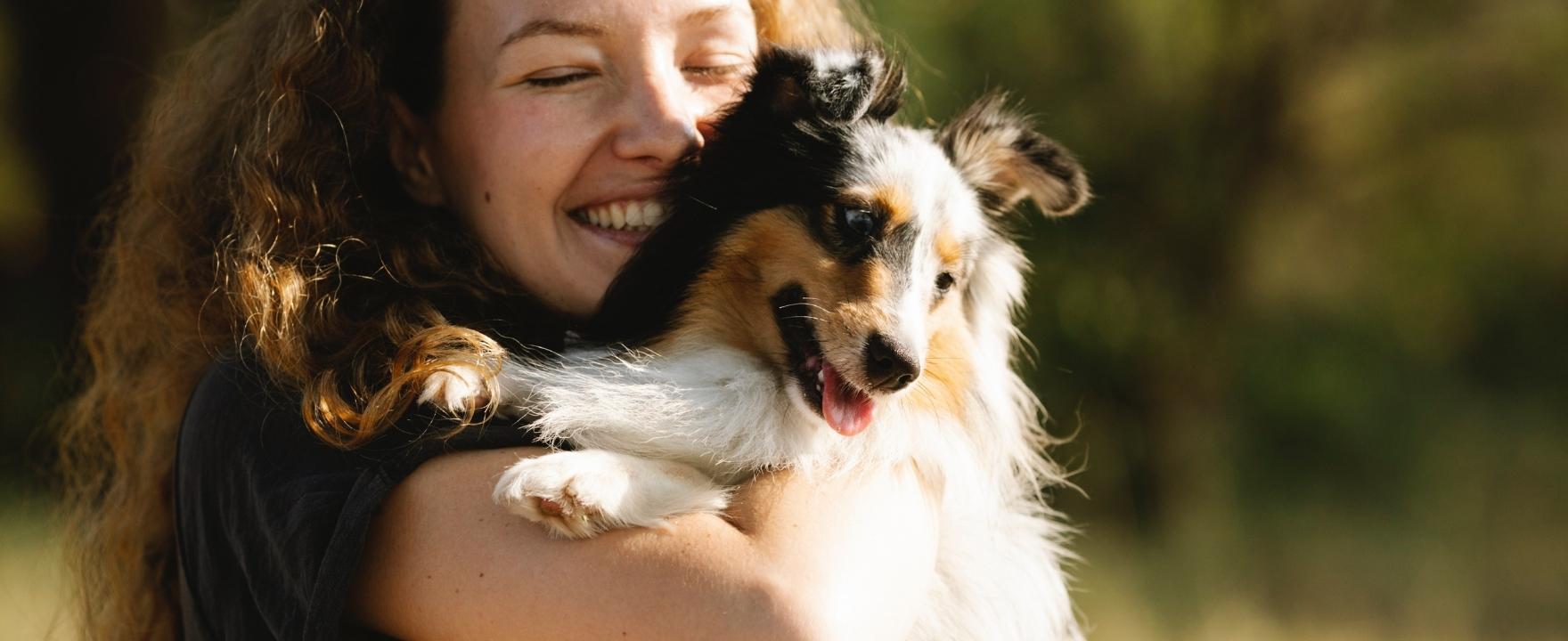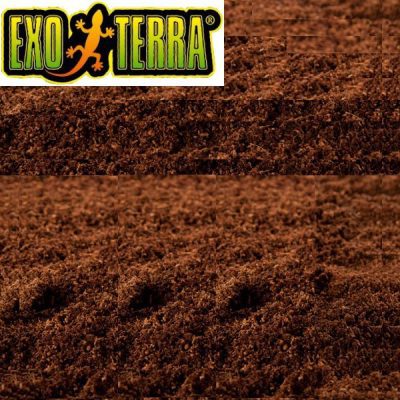This blog was written wonderfully by Camilla Fellas Arnold, who runs a website dedicated to Shetland sheepdogs (AKA “shelties”!), and who’s generously provided some knowledge with us about how to groom long-haired dogs. Give it a read and check out her links below!
Guest Blog: Top Tips for Grooming Long Coated Dogs
As the weather gets warmer and dogs shed their winter coats in preparation for summer, it can be a task in itself keeping on top of grooming your dog, especially longer coated varieties.
Having personally owned Shetland Sheepdogs for 25 years means I’ve become well versed in dealing with their double coat. Today I’m sharing my top tips for grooming long coated dogs to help make the process as easy as possible!
Preparation is key
Set yourself and your dog up for success by making sure their coat is in tip top condition before you start grooming. Salmon oil can help give dogs coats a beautiful shine and for long coats, a detangling dog shampoo will help a brush glide through.
If you’re not bathing your dog before a groom, damping down their coat with some water can also help with the grooming process.
Loosen up the undercoat
For dogs with a double coat, their undercoat is great for keeping them warm in winter but for summer, not so much! It’s important to get this undercoat out otherwise it can lead to nasty matts in the fur and can cause overheating.
Loosen up that coat with a slicker brush by back combing (brushing the fur in the opposite direction to how it lays). I then like to do line brushing which is exactly what it says; going through systematically brushing line by line to make sure you get all that thick loose fur out. Doing this regularly, even daily when they are losing most of their coat will make it much more manageable and comfortable for your pup.
Use a grooming table
It can get really uncomfortable on our backs grooming dogs, especially if you have more than one so do your back a favour and use a grooming table. Brushing the dog at a height rather than on the floor means you don’t have to bend yourself into uncomfortable positions to reach so you don’t hurt yourself.
If you have a dog that isn’t keen on brushing, putting them on a grooming table will give you more control over them and also stops them wriggling quite so much because they realise they have nowhere to go when they’re up high rather than down on the floor.
Reward and distract
Not all dogs enjoy being groomed and this can make the process more stressful and long winded if they keep fidgeting. If they are nervous of the grooming table, give them time to adjust by placing them on the table and rewarding them while they stand on it without brushing them, gradually building up their confidence.
You can use lick mats with some yummy paste spread over it to keep your dog occupied while you groom as well. Licking is a calming activity for dogs and by using a high value treat like liver paste, it can turn grooming into a positive activity for your dog rather than something to be feared.
Thin and Shape
I love using thinning scissors when grooming my Shelties. They’re especially useful when shaping around the ears and strip out some of their thick coat to give it a better shape (otherwise it sticks up and out everywhere!)
Dealing with Claws
If you can hear your dog’s claws clacking on the floor, chances are they need to be trimmed. If you haven’t trimmed your dog’s claws before, make sure you take this one gently as some dogs can find this a stressful experience. Let them sniff the clipper or grinder and reward their curiosity, then clipping one claw at a time with a reward after each one to set this up as a positive experience.
It can be worrying to know how far to cut so look for the ‘pink quick’ in their claw, this is the vein. Do not cut into the quick – always cut a bit in front of it. You can help keep dog’s claws short by walking them on harder ground live pavements to wear them down but always be mindful not to walk your dog on hot pavements, so they don’t burn their pads.
Know Your Breed
Make sure when you’re grooming your dog that you take time to understand your breed standard as it’s not one size fits all in terms of how to groom your dog. It can be tempting with double coated dogs to shave their coat in summer, thinking that this will help cool them down by getting rid of the thick coat.
In fact, it does the opposite; their double coat is specially designed to keep them warm in winter and cool in summer. Learning how to manage their coat and get rid of dead, loose fur is crucial to keeping them happy and comfortable so always make sure you check for advice specific to your breed when looking at how best to groom your dog.
Written by Camilla Fellas Arnold
Website: www.iloveshelties.com
Facebook: https://www.facebook.com/ilovesheltiesworldwide
Instagram: https://instagram.com/ilovesheltiesworldwide
If you’ve got a pet subject that you’re knowledgeable about, send an email to social@hugglepets.co.uk and tell us all about it! To browse our full range of dog grooming products, click here! And for any questions, queries, or concerns, contact us on Facebook.










